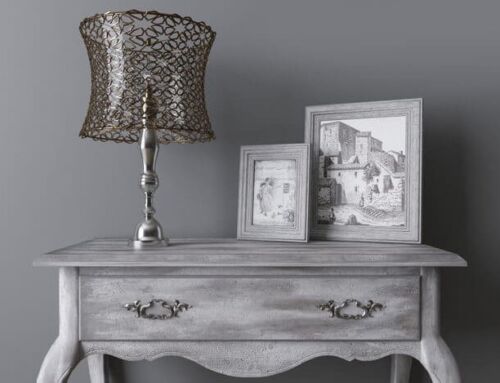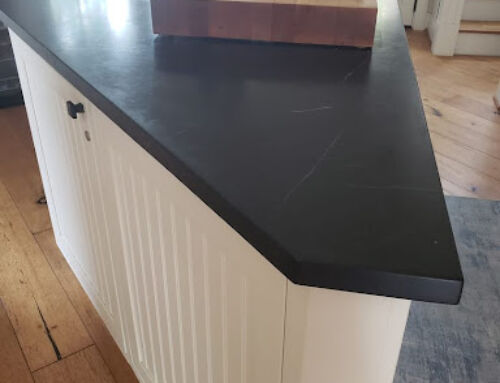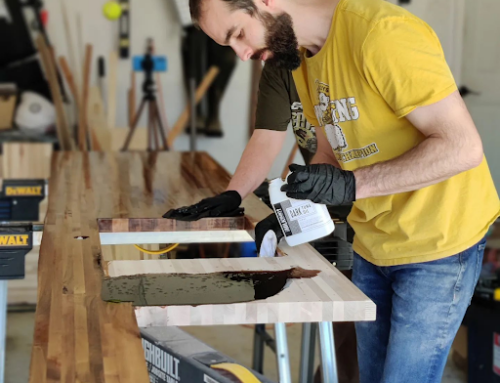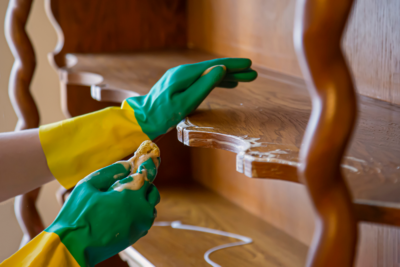 The timeless charm of antique wood furniture continues to captivate collectors, but preserving these treasures means using a delicate hand and knowing how to clean them properly. In this how to clean antique wood furniture guide, we demonstrate the step-by-step process that ensures the beauty of these persistent pieces abides over time.
The timeless charm of antique wood furniture continues to captivate collectors, but preserving these treasures means using a delicate hand and knowing how to clean them properly. In this how to clean antique wood furniture guide, we demonstrate the step-by-step process that ensures the beauty of these persistent pieces abides over time.
Importance of Proper Cleaning Techniques
You must use the proper cleaning techniques when it comes to maintaining the integrity of your favorite antique wooden pieces. Unlike modern furnishings, antique wooden furniture often boasts a delicate finish and aged wood components that demand special care. Using incorrect cleaning methods or standard household cleansers on old furniture may strip away the wood finish the piece has acquired over years of service, resulting in damage you can’t repair.
Understanding Your Antique Wood Furniture
Understanding your antique wood furniture can save you lots of heartache and ensure your furniture’s finish stands the test of time. Each piece of antique furniture you acquire brings a unique history, and the type of wood grain and finish heavily influence how you clean it. When you pay attention to the small details, you ensure a more effective approach to cleaning antique wooden furniture that supports the longevity of these cherished treasures.
Identifying the Type of Wood and Finish
An essential first step in cleaning antique wood furniture is determining the type of wood and finish you’re working with. A preferred cleaning solution or specific methods may work best on different wood grains. This means knowing whether the piece is oak, walnut, or mahogany helps you take a personalized approach to restoring furniture that best preserves the timeless beauty of the piece.
First, look on the underside of drawers or other elements to see any markings on the furniture piece. Sometimes, manufacturing marks can provide clues about the piece’s provenance if you can’t determine the wood type visually. Also, research that particular style of furniture piece to see what was historically used as a wood finish or take a look at the joinery to see what methods were used and get a clearer look at the bare wood beneath.
Preparation for Cleaning Antique Wood Furniture
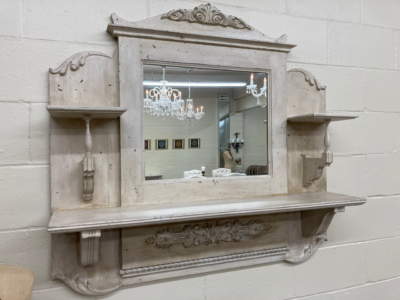 When you’re ready to clean antique wood furniture, gently dust away loose dust and debris on the surface. Starting the cleaning process by dusting reduces the risk of scratching the existing wood finish and assists the surface in absorbing any cleaning solution or conditioning agents you apply. This step in cleaning antiques requires only wiping the wood grain surface with a soft, clean cloth to remove superficial dust.
When you’re ready to clean antique wood furniture, gently dust away loose dust and debris on the surface. Starting the cleaning process by dusting reduces the risk of scratching the existing wood finish and assists the surface in absorbing any cleaning solution or conditioning agents you apply. This step in cleaning antiques requires only wiping the wood grain surface with a soft, clean cloth to remove superficial dust.
Gathering the Right Cleaning Materials
Gather the correct supplies when you’re ready to clean antique wood furniture. For instance, use Odorless Mineral Spirits to clean surfaces, especially if you discover sticky spots you wish to remove. Other supplies you need are rubber gloves, a clean cloth, a dry cloth, a damp cloth and, in some cases, a soapy cloth. If you’re working in an unventilated area, consider wearing an air mask and protective gloves to keep from breathing dust and citrus fumes while you work.
Testing the Wood Finish Before Cleaning
Ensure the solution you use to clean antique wood furniture has no harmful reaction with your piece by performing a test before you begin. Just as you tested the finish to tell its type, choose an out-of-the-way spot to test your wood furniture cleaner. If your choice of cleaner doesn’t harm the antique wood grain on the testing spot, it should work well on cleaning other portions of your old wood.
A Step-by-Step Guide for How to Clean Antique Wood Furniture
Your antique furniture deserves the best care to keep it looking its best, whether you’re revamping the piece for resale or passing it down to loved ones. In this guide, we walk you through how to clean antique wood furniture with different finishes to help you preserve the timeless beauty of your piece.
Dusting Antique Wooden Furniture: The First Essential Step
Dust doesn’t just dull the sheen of antique furniture; it also increases scratching risks during the cleaning process. For that reason, use a soft cloth free of lint to gently rub off the dust. Then, put a cotton swab to work, removing dust from the crevices and carvings.
Cleaning Antique Wood Furniture With a Wax Finish
Antique wood furniture with a wax finish almost always has its unique patina acquired over years of use. In the past, beeswax and carnauba wax — or some combination of the two — were the most common waxes used to polish wooden furniture lovingly. These finishes protected the antique wooden furniture from the rigors of time and allowed the surface to breathe.
To clean an antique wood furniture piece finished with wax, first note any scratches and discolorations so you know where to pay special attention. Next, use odorless mineral spirits on a soft cloth to gently clean the surface of your wooden furniture. Remember to be gentle and not wipe at the surface too harshly as you work across the surface of your furniture piece.
Cleaning Antique Furniture With a Shellac Finish
Shellac finishes typically respond to the same cleaning method as those finished in wax — gently wipe them down with odorless mineral spirits using a soft cloth. Then, remove the remaining moisture with a dry cloth. Lifting stains and discolorations from a shellac finish requires you to gently rub the surface while being careful not to leave any moisture on the surface.
Tips for Cleaning Antique Furniture Without Shellac or Wax
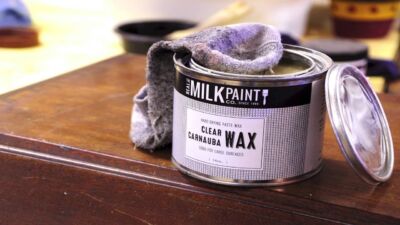 Unfinished antique furniture cleans up just like its finished counterparts, and you can remove stains with distilled white vinegar. Keep in mind, however, that an unfinished piece may warp if left moist, so exercise caution with the grain of the wood while cleaning the furniture’s finish. If the stains are due to the metal hardware leaching into the old wood, consider donning some rubber gloves and using our Oxalic Acid Wood Bleach to remove the discoloration.
Unfinished antique furniture cleans up just like its finished counterparts, and you can remove stains with distilled white vinegar. Keep in mind, however, that an unfinished piece may warp if left moist, so exercise caution with the grain of the wood while cleaning the furniture’s finish. If the stains are due to the metal hardware leaching into the old wood, consider donning some rubber gloves and using our Oxalic Acid Wood Bleach to remove the discoloration.
Post-Cleaning Care of Antique Wooden Furniture
Once your antique furniture is clean, it helps to keep it that way. Dust the wood furniture regularly with a dry cloth, taking care to be gentle to prevent scratches as you swipe the surface. This regular maintenance should reduce the need to deep-clean antique wood furniture going forward.
Antique Wood Surface Drying and Buffing Techniques
The rich patina of antique wood furniture craves constant care. Still, you can mitigate some maintenance needs by protecting the furniture’s finish with the Real Milk Paint Co.’s Hemp Oil, as this all-natural finish enhances the natural beauty and wood grain of your antique furniture. It also enhances the look of the wood grain when you buff it onto your wood furniture. If you have a darker wood furniture piece, our Good Ol’ Brown Wax and Clear Carnauba Wax help your furniture piece maintain its color and all-natural beauty.
When to Consider Oiling Your Antique Furniture Piece
 Once clean, rejuvenate the wax finish by applying a wood oil by the Real Milk Paint Co. Oiling regularly when you notice a loss of luster or a faded look or after you clean antique wood helps keep the furniture’s finish looking its best. Regular oiling also helps remove minor surface scratches, enhances the piece’s moisture protection, and helps preserve the look of your newly cleaned antique.
Once clean, rejuvenate the wax finish by applying a wood oil by the Real Milk Paint Co. Oiling regularly when you notice a loss of luster or a faded look or after you clean antique wood helps keep the furniture’s finish looking its best. Regular oiling also helps remove minor surface scratches, enhances the piece’s moisture protection, and helps preserve the look of your newly cleaned antique.
Use Real Milk Paint’s Products for Regular Maintenance and Care
Figuring out how to clean antique wood furniture doesn’t have to be a chore when you have Real Milk Paint Products on your side. We simplify protecting and preserving your antique furniture with top-notch products designed for eco-friendliness, convenience and effectiveness. Choose Real Milk Paint products to help you every step of the way, from cleaning furniture to finishing and maintaining its appearance.
